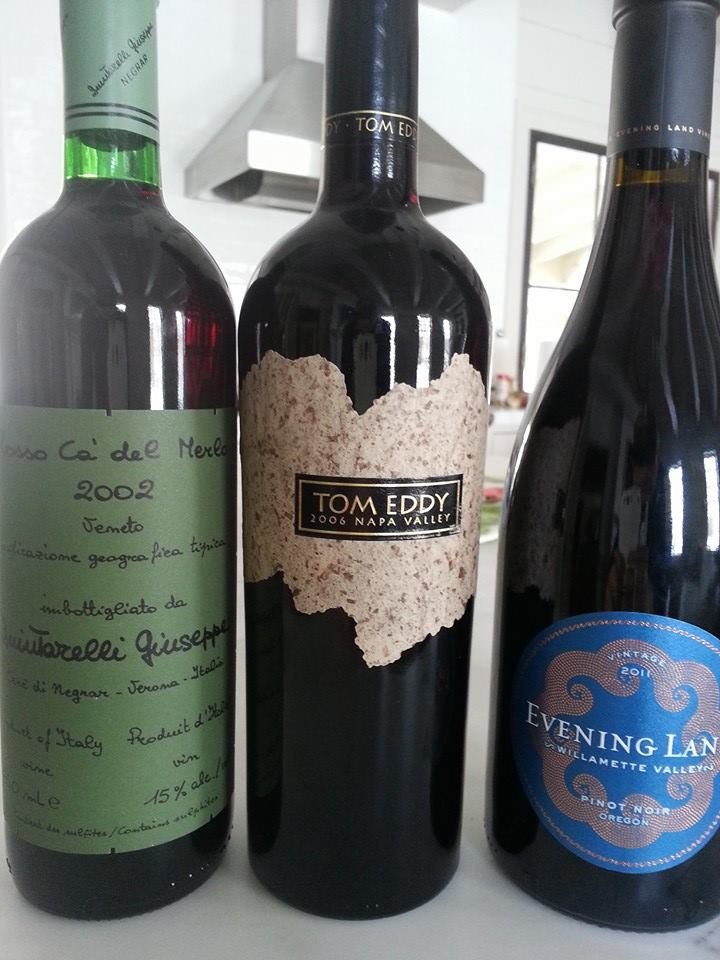As a habitual restaurant diner, former sommelier, and observer of all things hospitality, I often reflect on how the industry has transformed and how the wine world has evolved since my days working in the business. Back when I started, the path to becoming a sommelier was markedly different. There were a handful of educational institutions—WSET, the International Sommelier Guild (my alma matter), and the Court of Master Sommeliers—for those seeking to dive deep into wine knowledge. But in truth, many of the most knowledgeable wine professionals and restaurant owners I encountered hadn’t taken formal courses. Instead, they had decades of experience tasting, researching, and building relationships with key players in the wine industry.
The sommelier’s journey was more akin to that of a tradesperson. Much like an apprentice plumber or electrician, you spent years working under knowledgeable seniors, absorbing their expertise and learning the craft hands-on before managing a program of your own. In many respects, being a sommelier felt like a trade—one that demanded experience, intuition, and a genuine passion for the craft. Over time, I’ve seen a shift in how this role is perceived and executed, and it’s given me insight into what makes a truly successful sommelier.

What Makes a Great Sommelier
Looking back on my career as a sommelier—a career I’m proud to call successful—I’ve distilled a few key lessons that I believe are essential to succeeding in this field. Surprisingly, being a great sommelier has less to do with technical knowledge and more to do with practical skills that directly impact your guests and your business. At its core, this profession is about creating memorable experiences, forging connections, and adding tangible value to every interaction. Here are a few truths I’ve learned:
1. Know How to Manage a Budget
A wine program is, at its core, a business within a business. You need to understand how to allocate your resources effectively. It’s about striking the right balance between carrying wines that excite and impress while ensuring they’re commercially viable.
2. Read the Market and Your Clientele
The best wine lists reflect the tastes and expectations of the restaurant’s clientele. Your guests are the ultimate judges of your program, not your peers in the industry. This means understanding the preferences of your audience, whether it’s an adventurous crowd eager to try natural wines or a more traditional clientele who appreciate classic regions and familiar varietals. A sommelier’s job is to meet the guest where they are and gently expand their horizons—not alienate them with a pretentious, impenetrable wine list. The last thing the world needs is another program with a five-wine vertical of Joly Savennieres.
3. Build Relationships with Suppliers
Suppliers are your allies, not adversaries. Strong relationships with them can lead to access to limited allocations, better pricing, and support for events or promotions. Leveraging these partnerships is critical to building a program that stands out while staying within budget. Plus, a little charm goes a long way—you’d be amazed what a well-timed lunch or a shared bottle can do for your allocations.
4. Work with the Kitchen
A wine program doesn’t exist in isolation—it must complement the food. Collaborating closely with the chef is essential to ensure your selections enhance the menu. Wines should harmonize with the cuisine, not compete for attention. This collaboration not only elevates the dining experience but also ensures a cohesive vision for the restaurant as a whole.
5. Be Personable, Not Pretentious
Hospitality is at the heart of being a sommelier. Guests remember how you made them feel far more than the technical details you shared. Being approachable, friendly, and genuinely excited to share your passion for wine makes all the difference. Avoid the trap of pretension—it creates barriers rather than connections.

6. Curate a Sellable List
It’s tempting to fill a wine list with impressive, obscure, and hard-to-sell selections that showcase your personal taste or wine knowledge. But that’s not the goal. A successful program focuses on wines that guests want to drink, not just wines that a Master Sommelier would admire. It’s not about showing off with esoteric bottles or niche producers; it’s about creating a list that sells and delights your guests. After all, if you’re the only one excited about a wine on your list, chances are it’ll be collecting dust until the next staff party.

The Evolution of the Industry
The wine world today is vastly different from the one I entered years ago. Wine education has become more accessible, with a proliferation of online courses, certifications, and training programs. While this has democratized wine knowledge, it has also shifted the focus from hands-on experience to theoretical learning.
This shift has brought both benefits and challenges. On the one hand, more people are discovering the world of wine, and aspiring sommeliers have clearer pathways into the industry. On the other hand, there’s a danger in relying too heavily on certifications as a measure of expertise. True mastery comes from time spent on the floor, working with guests, and navigating the complexities of a live program—something no classroom can fully replicate. After all, no amount of studying can prepare you for a guest demanding a “Sauvignon Noir” while you’re three deep at the bar.
My Parting Advice
If you aspire to be a sommelier or are building a wine program, remember this: the role is about so much more than wine knowledge. It’s about running a business, understanding people, and creating experiences that guests will remember long after the bottle is empty. The best sommeliers combine technical expertise with the soft skills that make hospitality a joy—empathy, curiosity, and an unwavering focus on the guest.
Wine is a beautiful, complex world, but at its heart, it’s about connection. Whether you’re pouring a glass of first-growth Bordeaux or introducing a guest to their new favorite affordable Côtes du Rhône, the goal is the same: to share a moment, a story, and a little bit of magic. And if you can do all that while keeping a smile on your face during a Friday night rush, well, you’ve officially earned your stripes.

